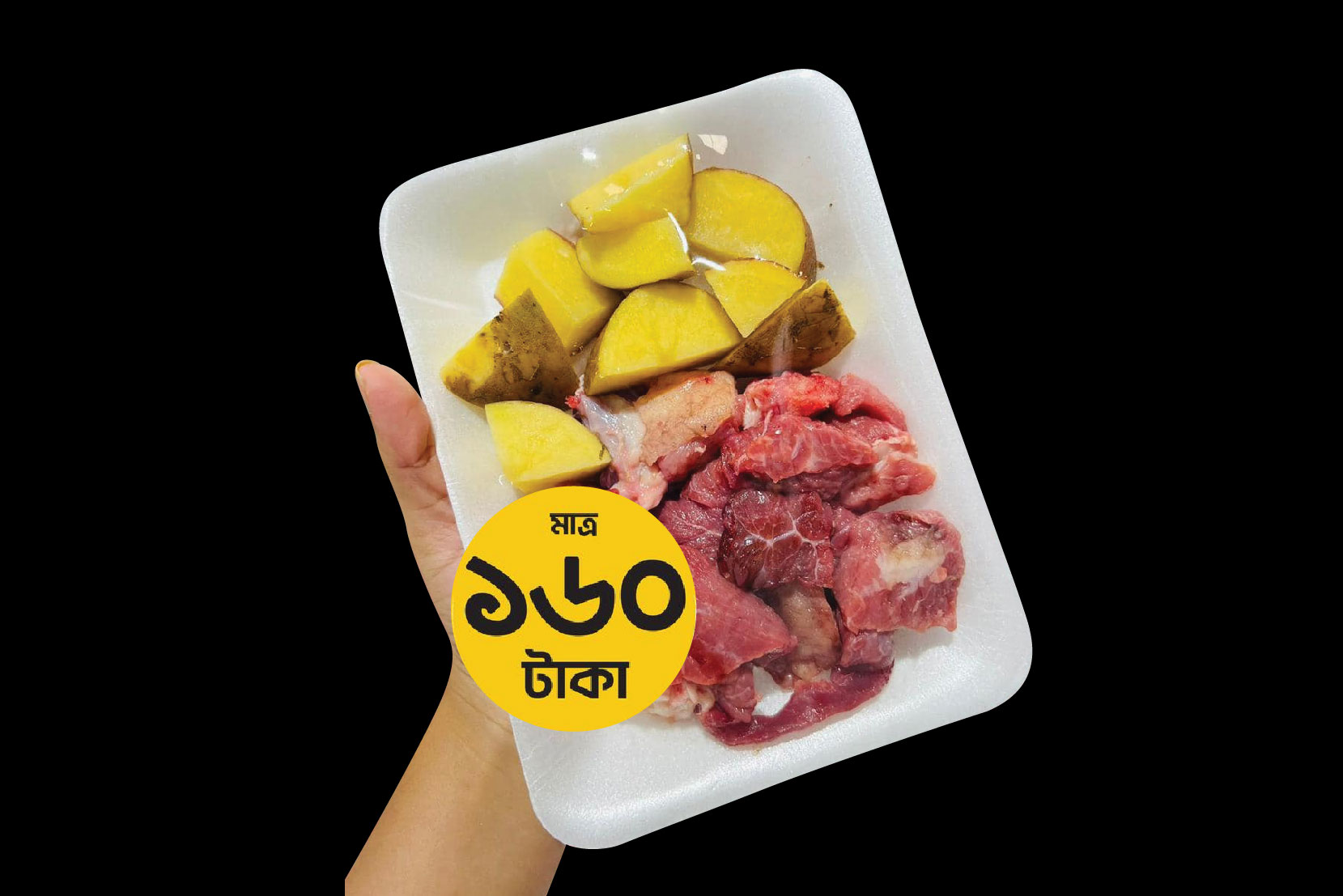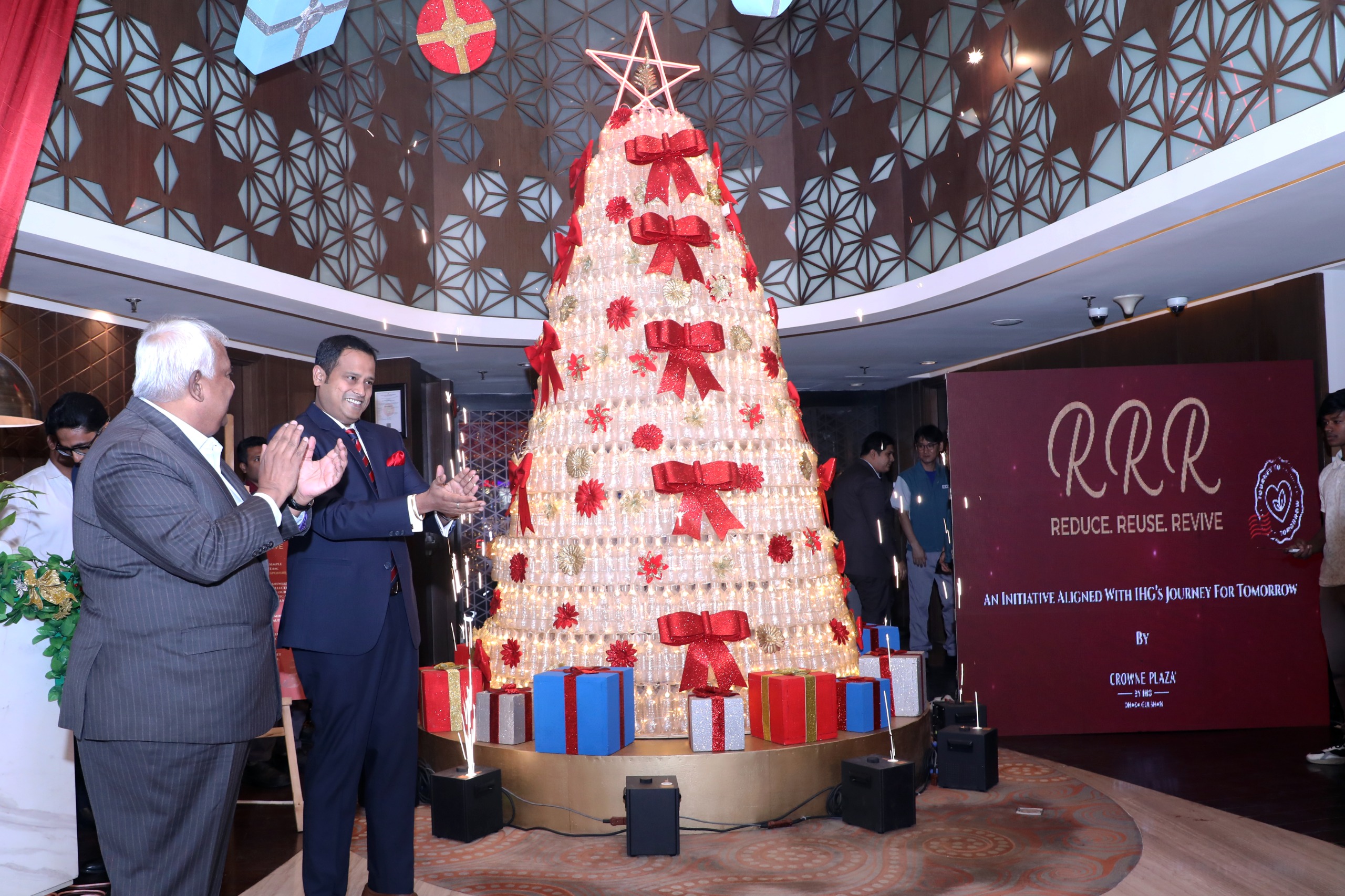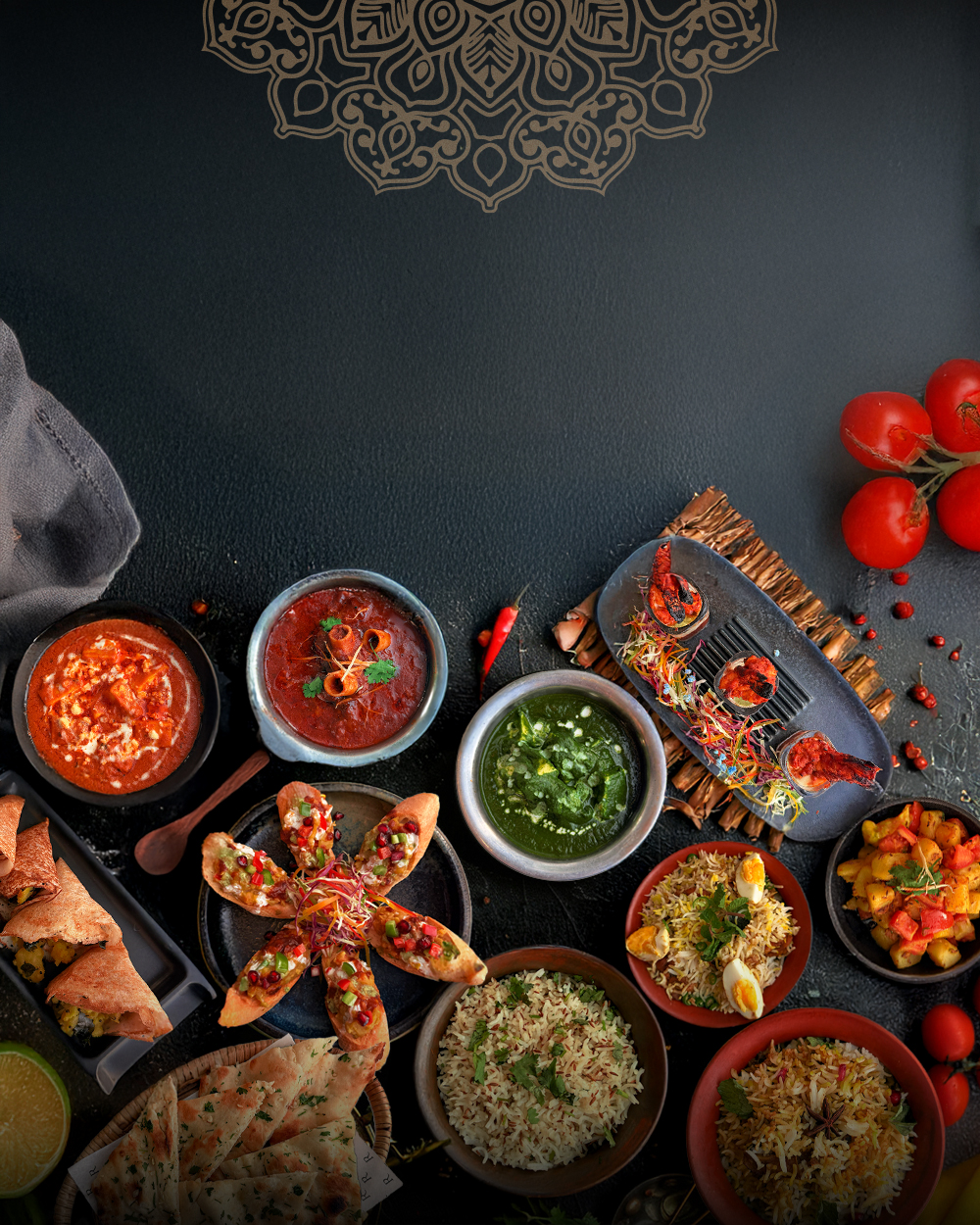Small SKU combination marketing is redefining retail trends in Dhaka.
Dhaka’s dynamic retail market is blowing up with the rising popularity of small SKU (Stock Keeping Unit) combination marketing. This strategy, characterised by bundling smaller portions of products into attractive combos, is fast developing into an outstanding solution for the evolving needs of a middle class in a city grappling with inflation and economic shifts.
Understanding the Appeal of Small SKU Combos
Small SKU combos typically offer smaller portions of goods such as 200 grams of meat or fish paired with complementary items such as vegetables or spices. These bundles are sold at lucrative prices, targeting middle-income consumers looking to manage their finances without compromising on variety. Retailers like Shwapno, one of Bangladesh’s leading supermarket chains, have taken advantage of this approach. Their creative offerings, such as beef and potatoes or fish with seasonal vegetables, appeal to urban shoppers trying to come to terms with rising living costs.
The success of this trend lies in its dual-pronged approach of practicality and emotional relevance. Like any Bangladeshi kitchen will tell you, stretching meals with potatoes is a tradition rooted in practicality. Offering beef paired with potatoes in a reasonably priced combo not only suggests familiarity but also places the product as an emotionally relatable choice in peoples’ minds.
These combos cater to smaller households, bachelors, and individuals seeking ease. Pre-measured portions reduce food waste, align with modern urban lifestyles, and eliminate the need for bulk buying – a crucial factor as inflation continues to squeeze household budgets.
Inflation and Changing Consumer Habits
The economic environment plays a significant role in the popularity of small SKU combos. Inflation in Bangladesh has significantly increased the cost of living, with food prices mounting. Reports suggest that the price of vegetables has reached record levels, and proteins like fish and chicken have become progressively more expensive. Consumers have tackled this change by gravitating toward promotions and offers that provide tangible savings.
Combo offers, as such, promise value without compromising quality. For instance, a combo offering 200 grams of beef with a portion of potatoes at a fixed price appeals to shoppers managing tight funds. It gives them the satisfaction of purchasing quality protein without the burden of high costs associated with buying in bulk.
This trend is not just about affordability but also about meeting shifting shopping patterns. With the middle class relying more and more on digital platforms for their purchases, promotions for these combos often make use of social media for greater reach. Platforms like Facebook have seemed to amplify the visibility of combo deals, creating a buzz among tech savants.
Small SKU combos typically offer smaller portions of goods such as 200 grams of meat or fish paired with complementary items such as vegetables or spices. These bundles are sold at lucrative prices, targeting middle-income consumers looking to manage their finances without compromising on variety.
The Role of Retailers in Driving the Trend
Retailers have played a crucial role in popularising small SKU combos. Chains like Shwapno have utilised attractive packaging, strategic marketing, and targeted campaigns to make these offers irresistible. Their promotions, from the looks of it, have appealed to the Bangladeshi consumer’s cultural attachment to certain food combinations, for instance, meat and potatoes, attracting a huge public response.
By incorporating such cultural elements into their marketing, retailers have successfully positioned these combos as not just cost-effective but also culturally relevant.
Challenges and Opportunities
Despite its sky rocketing popularity, maintaining this momentum will require consistency in quality and experience. Take, for instance, the quality of beef sold at a premium location like Gulshan; it may very well differ from that sold in Azimpur or Sutrapur. Such disparities can lead to consumer dissatisfaction, undermining the credibility of these offers and ultimately damaging brand reputation.
Additionally, the success of these combos often relies on perceived value rather than actual cost savings. Consumers may initially be drawn to the single-serving combos but might later feel the price is higher compared to buying in bulk. This shift from impulse to planned purchasing could limit the long-term viability of such offers.
Competition from local vendors also poses a challenge. As demand for these combos grows, small neighbourhood vendors could duplicate the model, offering similar products for much less. This could dilute the market share of organised retailers and force them to innovate further.
The economic environment plays a significant role in the popularity of small SKU combos. Inflation in Bangladesh has significantly increased the cost of living, with food prices mounting.
The Future of Small SKU Marketing
In spite of challenges, the potential for small SKU combination marketing remains high. Expanding the concept beyond basic combos to include ready-to-cook or ready-to-eat meal kits could appeal to urban professionals and younger demographics who live alone or lead busy lives. These kits, offering customised ingredients for specific dishes, align with the growing demand for convenience and could disrupt the traditional grocery model.
To sustain and grow this trend, retailers must focus on building consistency, improving customer service, and maintaining competitive pricing. Investment in localised operations to ensure uniform quality and targeted campaigns to highlight the value of these combos will be key.
The success of small SKU combos has the potential to pave the way for larger disruptions in Bangladesh’s retail market. By positioning these combos as routine and real categories, as opposed to convenience products, retailers can redefine consumer habits and strengthen their foothold in the market.















